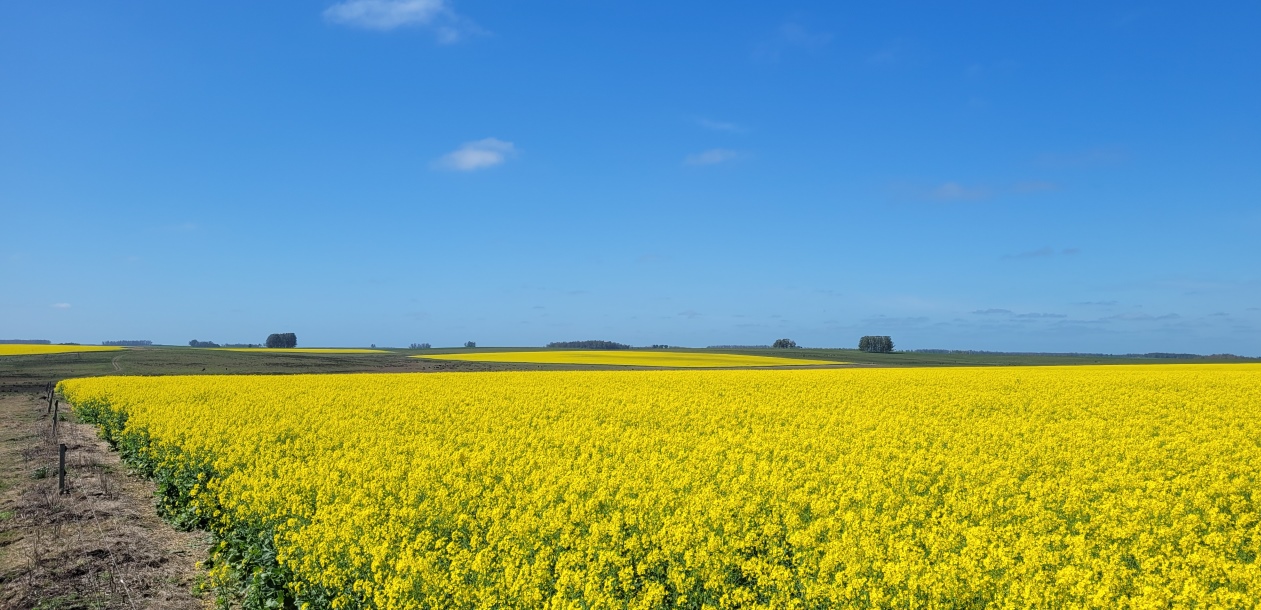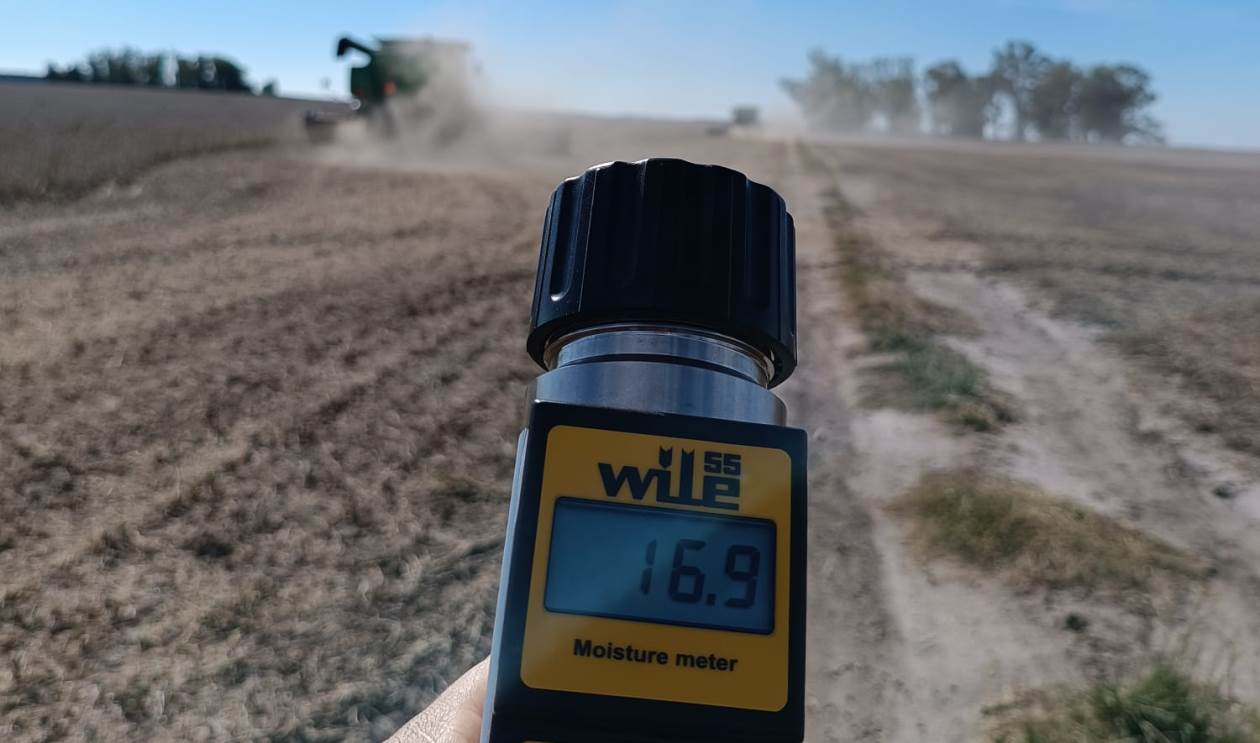Responsible agricultural investments are not yet widely accepted or promoted in South America, but agricultural investors targeting assets in the region should understand the consumer-driven demand for sustainable production, and there are some successful projects in South America where landowners and farm operators have joined forces to set up these kinds operations on the ground.
We worked on an agricultural project in central Uruguay where a landholding agricultural company achieved triple certification for its entire 2,500 hectare farm business, acquired in 2015, and converted from a cattle operation to a mixed operation in which the main element is cropping.
The company hired their own staff and invested in machinery to produce grains including soy, wheat, barley and corn. The remaining cattle breeding operation and forestry plantation are rented out to large multinational operators.
Large scale operations in Uruguay are almost always a mix of these three activities, but ensuring and certifying the conversion as sustainable on all three was challenging.
Farmland certification
The owners began by getting in contact with Aapresid, an Argentine organisation that promotes agricultural good practices including no-tillage farming.
After obtaining the Argentine Aapresid certification in 2014 for crop farming land, they went on to be granted the internationally applicable Round Table Responsible Soy (RTRS) certification. The landowners consider it the best certification system for South American farm businesses for enhancing sustainability and responsibility, as it tackles regional issues with rainforest preservation and responsible labour practice requirements.
To achieve the certification, measures included constructing canals and terraces to avoid soil erosion. A special depositary was built to store agricultural chemicals. Most important though, was staff organisation and training on issues like labour security and waste disposal. Social security benefits for permanent and contracted workers were also paid. Signboards were required on all sites to give nearby inhabitants prior notice of any chemical spraying. Deed titles and soil management methods were also documented.
Forestry certification
For timberland the Forestry Stewardship Council was considered the most logical certification, and the farm is on the road to obtaining it later this year. The landowner planted the trees and owns the wood, so could apply for certification although the forestry management is leased out.
Cattle certification
Cattle businesses in Uruguay are generally near-organic, and would comply with the USDA Never Ever III programme. That means the animal is not fed antibiotics, growth promotants or animal by-products from birth to slaughter.
However, because Uruguay is officially free of foot-and-mouth and mad-cow disease, and all livestock is traceable, the landowners did not see added value in a specific certification of their cattle management.
In practice the nearly-organic cattle breeding combines very well with conventional operations in responsible soy bean cultivation and certified timberland operations.
The road was tough, but worth it
Achieving the triple-certification from the FSC, Aapresid and RTRS has been difficult at times, but in the end the investors felt it was worth it.
Nevertheless, more internationally recognised tools and benchmarks measuring the economic benefits of sustainability are needed as an incentive for investors and landowners to adopt good farming practices.
The landowners in this case decided on their own that they wanted to meet the consumer-driven demand for responsible soy production in the fastest and best possible way, to the extent that the landowners have now decided to move on to a new conversion and certification project.
Converting from conventional to sustainable farming practices adds value, better exposure to external investors and operational marketing opportunities. And above all, it leaves soils in the best condition and therefore provides optimal conditions for decades-long farming on the ground.
This article was originally published on AgriInvestor






